The 2023 Hackaday Superconference is only two weeks away, and we’re happy to announce the second half of the slate. As always, this is a great mix of well-known Hackaday faces, and folks we haven’t yet met. Whether they’re fixing up the Apollo Guidance Computer, building their own airplanes, trapping rubidium atoms, or teaching robots to sail, this is another super interesting round of talks.
Tickets are sold out, the badges are almost done, and we’re in the home stretch! We can smell the tacos from here. If you’re joining us, we hope you’re excited. If you’re not able to, we’ll stream as much as we can.
All that remains is the mystery of the keynote speaker. Stay tuned!
Restoring the Apollo Guidance Computer
We take you through the epic restoration of a genuine Apollo Guidance Computer, the revolutionary computer that guided man to the Moon, and back. We’ll cover the downright daring technology of the Apollo Guidance Computer, which was the starting point for so many modern technologies in which the US is still a leader to this day: the IC industry, real time computing, fly-by-wire, inertial navigation, and fail safe programming.
Teaching Robots To Sail
Sailing is an ancient technology — some archaeologists argue that hominids may have been sailing for the better part of a million years. Despite the various advances in technology, sailing remains a very analog business. So how do you teach a robot to sail, and why would you want to? In this talk, I will discuss the process of teaching robots to sail so they can haul cargo without burning fuel.
Building a Junkyard Secure Phone, in China
With a fascination of making devices one uses everyday more secure, we take a look at what it takes to go beyond an iFixIt teardown image of a phone motherboard and completely reverse-engineering it with the help of relatively inexpensive services, modifying it to be (somewhat) more secure, and rebuilding a phone from scratch (in China). These techniques and practices can be applied to any device from phones, as discussed in this talk, to generic IOT devices or even the laptop you use on a daily basis.
Open Source Concept to Production-grade Research Platform
Our team (ProtoCentral, based in India) won 2nd prize at the Hackaday Prize 2017 for the project “Connected Health: Open source IoT patient monitor”. This formed the basis for the HealthyPi series of products from ProtoCentral, still open source, but also used for applications with medical research-grade accuracy. This talk is about our journey from then till now, including some major shifts in technology, the intricacies involved in making a product to take to the market and mistakes made during the process.
The Hackaday Prize – One Year of Progress for Project Boondock Echo
Project Boondock Echo started as a conversation during a Hackaday Hack Chat. A few months later we found ourselves on stage at the supercon accepting a cash award. And now, we’ve got a working prototype in the hands of customers. Learn about the journey and the decisions we made along our journey.
Porting an AI Powered Wearable Health Monitor to Zephyr on Open Hardware
To RTOS or not to RTOS? Szymon and Jakub will introduce obstacles they faced and decisions behind moving a closed-source single-threaded wearable health monitor to an RTOS, open-hardware based system with an AI model deployed using TensorFlow Lite for Microcontrollers.
Inside the Voja4
Last year’s conference badge (affectionately dubbed the “Voja4”) was a wonder of low-level computing, implementing a working 4-bit computer with over 200 LEDs to show its internal state. In this talk I want to reignite your fascination with this little device by sharing with you how it works, what makes it a computer (given it’s lilliputian specifications), and a plethora of fun projects you can build with it once we’re done.
Automate Your Workflow for Tindie and other Marketplaces
Do you sell products on Tindie or other marketplaces? If so, this talk is for you! Learn how you can spend less time fulfilling orders and more time working on an unfinished project from your shelf. Do you want lights and sirens to turn on every time you get an order? We’ll see how to do that too. :)
Hack-own-airplane! Experimental/Amateur-Built aircraft and innovation.
Hackers and aviation do mix. This talk would introduce Hackaday community to the world of designing and building own aircraft – and getting it certified in public airspace. Building on experiences as a pilot, avionics engineer, and hackerspace founder, Tom would make a case for the renaissance of general aviation, and its relevance to the hacker mentality.
FAA has had a long-standing policy of supporting innovative aircraft builds. These aircraft are inherently more hackable, and have served as a platform for further innovation – while at the same time creating a veritable platform for STEM education and giving engineers a new perspective. Literally.
OpenQuantum: Open-source Atom Trapping for Education and Entrepreneurship
At Bell Labs in 1987, a team of scientists created the first magneto-optical trap, an apparatus that enables the ‘cooling’ and trapping of atoms at temperatures bordering on absolute zero, leading to the first physical studies of atoms in isolation. Despite the apparent complexity of this phenomenon, the fundamental engineering principles behind the apparatus are quite simple and do not require deep, esoteric knowledge to understand. I am fabricating a primarily 3D-printable and fully open-source blueprint for a magneto-optical trap for rubidium atoms, with the aim of enabling a much larger audience of students & entrepreneurs to participate in engineering & research.

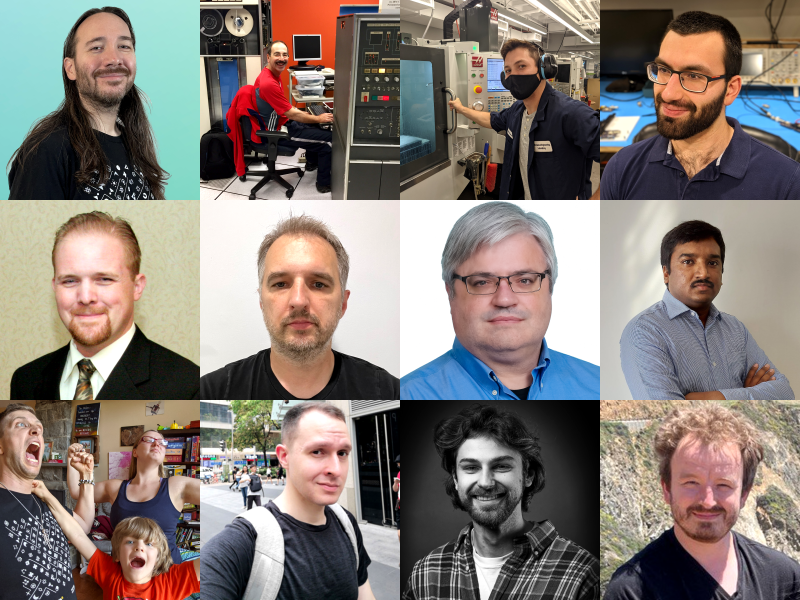


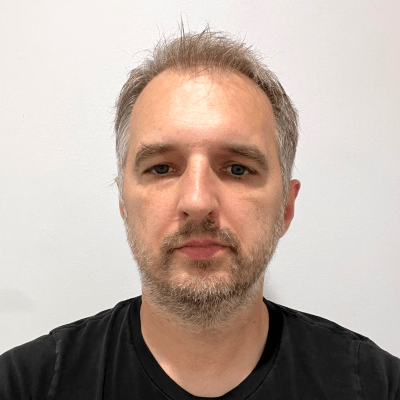
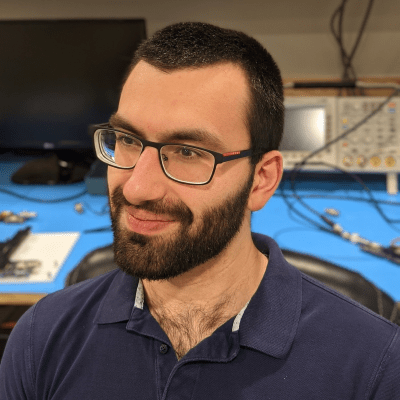
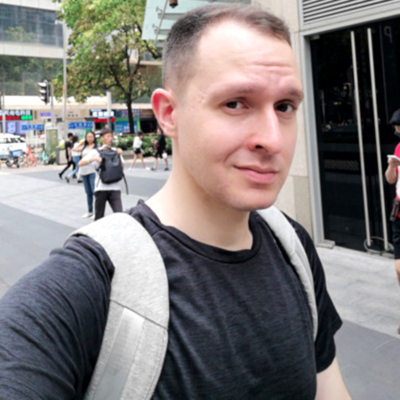

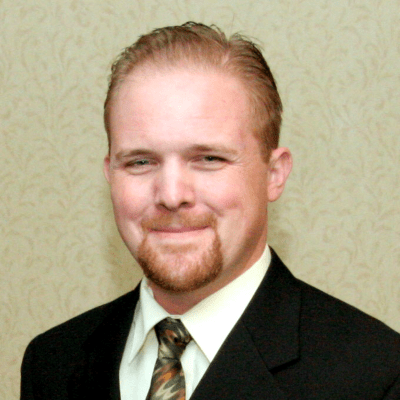




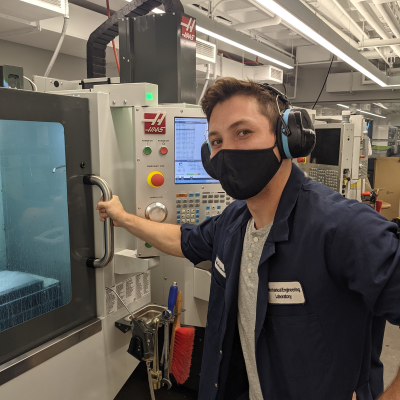













Do you have the correct photo for Jose Angel Torres or maybe the wrong name listed under that photo of Mark. Or it could just be custom served to me by a MiTM or ‘cloud to butt’ style attack since I’m viewing via a compromised phone…
When will the recordings be live? I missed the conference :(